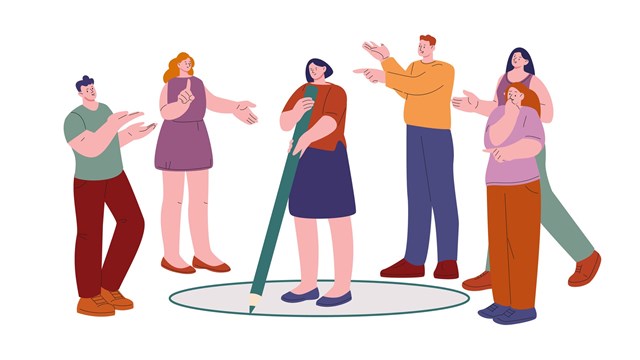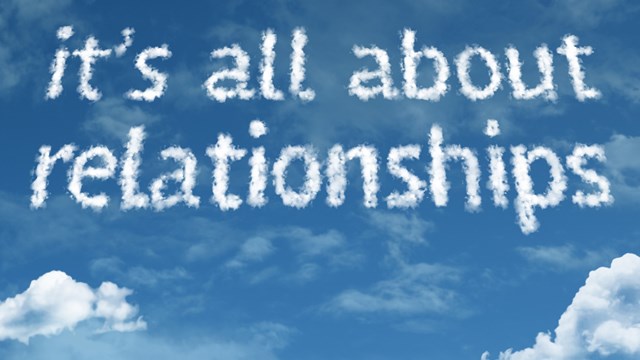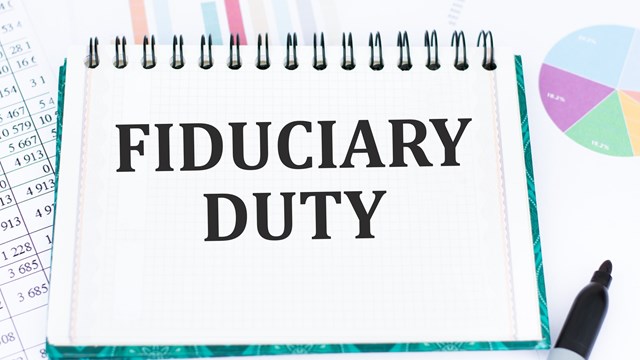Lady Bird Johnson once said, "While the spirit of neighborliness was important on the frontier because neighbors were so few, it is even more important now because our neighbors are so many."
The first lady of the United States (1963-1969) had the right idea, but in a sprawling urban environment like New York City, people can feel isolated even though high-rise residential buildings put many people and families in very close proximity to one another. Living cheek-by-jowl doesn't automatically turn a group of people into a community—sometimes it even has the opposite effect. Lives are busy and schedules hectic, and the last thing many people want to do when they're at home is socialize with their neighbors.
However, building a sense of community is valuable for the residents—it creates a network of communication and support among building residents, and ultimately improves the quality of life within the building community.
"The importance of community spirit in an urban setting cannot be underestimated," says Jonathan Klein, president of Wentworth Property Management in Brooklyn. "If residents and shareholders do not feel a sense of community spirit, this can create an atmosphere where residents can feel disenfranchised and powerless. A positive community spirit creates a sense of neighborhood, accountability and an outlet to voice wants and needs within the community."
That value extends beyond the residents too and helps to improve the reputation and quality of the building, says Steve Kass, president of the Nanuet, New York-based American Leisure Corporation, a company that, among other things, creates events for building residents to enjoy.
"If you didn't (have a sense of community spirit) it wouldn't be detrimental, but the potential of creating this atmosphere gives greater value to the building and it becomes a place people want to live," says Kass.
Ross Yockey and his wife were looking for community when they left a big suburban house in Charlotte for the unknown Pacific Northwest. The couple recently settled in a condo community in West Seattle and understands the reluctance on the part of some newcomers to apartment-style living and relationships with their neighbors. Yockey went on to write "Craving Community: The New American Dream," with co-authors Todd Mansfield, chair of the Urban Land Institute and L. Beth Yockey. The writers say, "Most of us have lived apart, isolated, for so long, in our postwar suburban enclaves, that we don't really know how to live together. When you've grown up merely acknowledging other residents across broad lawns and fences, nodding as your car passes theirs, personal contact can be unsettling. We've never learned to be neighbors."
When Yockey and his wife bought their condo, they found unsigned notes demanding that residents remember to close the garage door and properly sort the recycling.
"We heard gossip from residents about other residents. There were frequent meetings and infrequent quorums. The building was managed by a third party that basically did nothing but collect a sizable monthly check. People did not seem to understand that we were sharing a living space and therefore had to actually live together."
With no great effort the Yockeys decided to shake things up a bit. After changing management, better lines of communication were established. Residents and the property manager now keep in touch with the community by email or telephone on a regular basis. There is also a gardening committee to encourage residential involvement, and when a resident suffered a devastating personal loss, the rest of the community pitched in and helped them out.
"When neighbors need help of any kind, the first person they turn to is almost always another neighbor," says Yockey. "All this at no cost to our privacy. Condo or co-op living offers tremendous advantages, once you recognize that we humans are hard-wired for community."
As easy as Yockey's experience was, geting residents to mix and mingle with each other could take work and time. Guardian Management LLC, a Portland, Ore.-based real estate investment and management firm acquired two very troubled communities in Dallas, Texas last year. Each property had turned into a dilapidated haven for drugs and prostitution. To rehab the communities, Guardian needed to not only rehab the buildings, but rehab the fractured community life as well. It was going to take some work.
Guardian cultivated ties with residents by hosting regular community events, including job fairs, GED classes, bible study sessions and barbecues. They also send out monthly newsletters for facilitating gatherings and keeping the community atop of weekly happenings. Their website is a portal for updating the residents on apartment openings, facilities that are offered and community features.
"Read All About It"
When Wentworth Properties want their residents and management to connect, they also turn to the 'net.'
"Our web-based management system, WentworthConnect™, simplifies communications between the property manager, boards and the residents they serve," says Klein. He explains that their server-based software intelligently integrates resident data, community bulletin boards, project management and security, effectively "keeping everyone in the loop," he says. "A simple and user-friendly website allows the board and the managing agent to post news, meeting minutes, community calendars and updates on projects."
The company also uses monthly print newsletters to inform residents and shareholders of upcoming community events such as social activities, picnics, barbecues, meetings, changes in policies, etc.
Knishs, Pilates and Hot Dogs, Oh My!
Need some creative help? Turn to an outside 'fun' consultant. As president of the Nanuet, New York-based American Leisure Corporation, a company that provides consulting, design, marketing, and operations management for lifestyle and recreation facilities, spas, and fitness and wellness centers, Kass has several people among his 700 employees, who get the fun job of creating different ways for residents to mix and mingle and have some fun.
"I started it when I was a lifeguard at a brand new building in Brooklyn," he says. "I became very aware that people who were coming to the pool were looking for more than just being in the pool, so we began to organize events, tournaments. We'd send someone out to the knish factory, to get pizza or Nathan's hot dogs and people had such a good time, when the pool closed people were crying, so I knew it was going to catch on. It really reflects trends in society, the last 25 years or so, that there is a rising standard of living and people have a time famine. They have less time to spend on leisure, and recreation activities should be available close to home."
The cost of fun for a 250-unit building to partner with Kass' company, would be $1,000 per unit per year—collected through the association fees—depending on the needs of the building. American Leisure creates programs that have included inviting special guests to the development, creating pilates, yoga and other health classes, producing a newsletter with a listing of the month's special events, special holiday events and more.
At the Hudson Valley's Harbors at Haverstraw, American Leisure has created programming that brings resident children and grandchildren together weekly for socializing, created a Thanksgiving volunteer project and delivered hand-made cards to a local retirement facility.
At the Horizon, 415 East 37th Street in New York City, an annual Mothers and Fathers brunch is held for the residents in the building in the spring; a pool party for the kids in the building with goodies and games, pool toys, pizza, etc. takes place in the summer, and kids' movie nights are every Friday night with popcorn and snacks in the screening room. The building also has an annual Halloween party called "Spooktakular" that includes a costume contest, arts and crafts, face painting, etc., and an annual Christmas party for families. At Trump's 220 Riverside building, there are kids' movement and ballet classes in the fitness studio.
Think Out of the Box
Think about creating different events for your residents. Take, for example, the Residences at Dockside, luxury condominiums on the waterfront at Penn's Landing in Philadelphia developed by The DePaul Group. Dockside has made a specific effort to build a lasting community for their residents by hosting regular events in their clubroom. Some of their past events include a Valentine's Day wine tasting and dance, a Doggie Fashion Show, a downsizing event for tips on moving into a condominium and an art auction to benefit the SPCA. They also have a Jewelry Trunk Show to benefit the United Way, a Spring Fashion Show and a clothing drive to benefit women in the Philadelphia area.
O'Neill Properties Group built, owns, maintains and leases the Lofts at Valley Forge, located in Valley Forge, Pennsylvania. The Lofts is a 388-unit luxury apartment community built amid 65 acres along the Schuylkill River. As part of a live, work and play community, managers at the Lofts maintain close ties with their residents. One of the main selling points of the Lofts is its unique sense of community. They emphasize catering to residents who make the outdoors part of their lifestyle and one of the ways Lofts' managers create community is by engaging residents in events that take advantage of the community's scenic location. One of the events is a community-sponsored 5K Turkey Trot, a family walk/run, along the property with all proceeds donated to the Valley Forge National Historic Park.
Klein explains that no matter how you do it, "a strong sense of community creates an epicenter of involvement and builds a sense of trust and fosters better communications between residents, the board and management."
Maybe Lady Bird Johnson had it right after all.
Lisa Iannucci is a freelance writer, published author and mother of three living in Poughkeepsie, New York.







Leave a Comment